
Table of Contents
Fashion accessories have a long and broad history, and earrings are a part of that history. Earrings come in various lengths and sizes and are made of different materials. They can be fun, quirky, classic, and colorful.
In the past, earrings were predominantly worn by men, but today, they’re seen more as an accessory for women. There were several reasons why earrings were worn in ancient times, such as a sign of wealth, status, power, beauty, and even of slavery. Earrings are still worn for some of these reasons, but today, earrings are worn mainly as a fashion piece to beautify.
History of Earrings Through the Ages
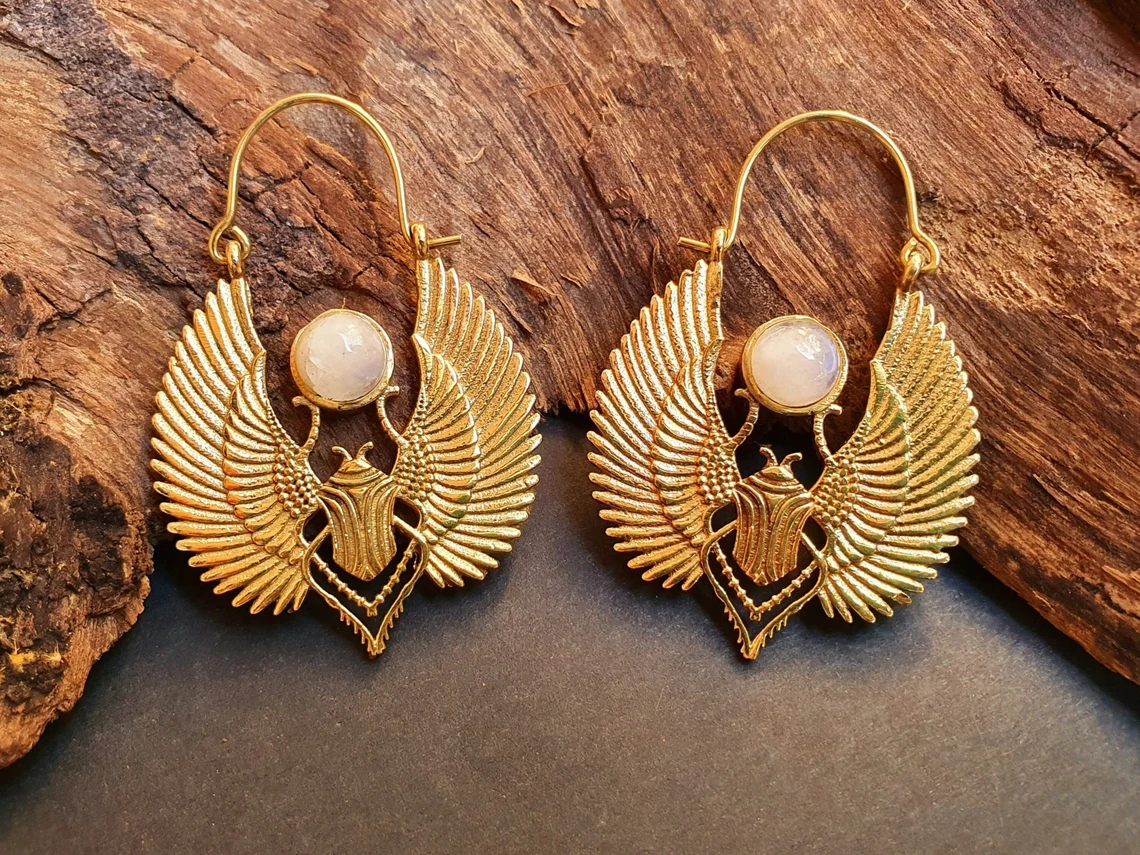
The history of earrings through the ages varies from region to region. In ancient Egypt, the use of earrings began around 1650 BC. At that time, earrings were purely used as ornamental pieces. They were believed to have been worn first by members of the royal family before being copied by the people.
Earrings were made from a variety of stones and materials with different colors, such as jasper, turquoise, and so on. These jewelry pieces usually had mystical meanings attached to them. While the wealthy used precious stones and metals in the crafting of their jewelry, the common people used clay, shells, bones, and animal teeth.
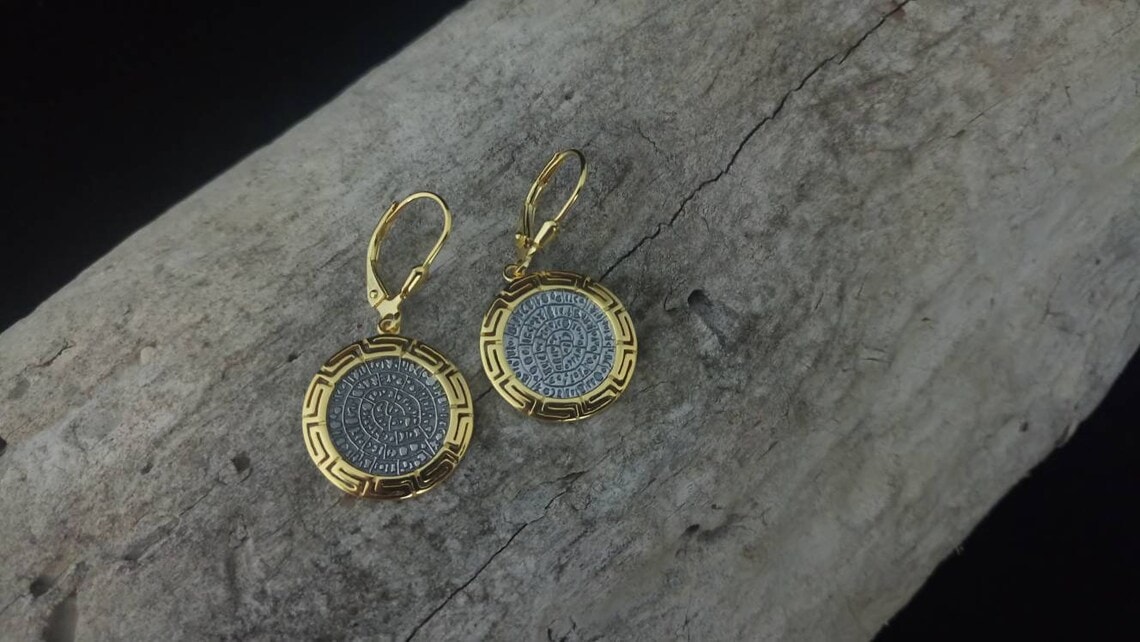
Earrings in ancient Greece were made with materials such as feathers, bones, and stones. With the discovery of more advanced means of making jewelry, the Greeks began making earrings with metal, and since the materials used in the making of these earrings were not easily attainable and required expertise for the workmanship, they were only affordable to the wealthiest citizens.
The rise of Alexander the Great saw the use of gold in crafting Greek earrings. Greek jewelry began to thrive once more in the 17th and 18th centuries. During this period, there was a scarcity of gold, so craftsmen began to rely on bronze and silver. Precious stones such as emeralds, pearls, garnet, amethyst, sapphires, and carnelian were also used in the making of earrings.
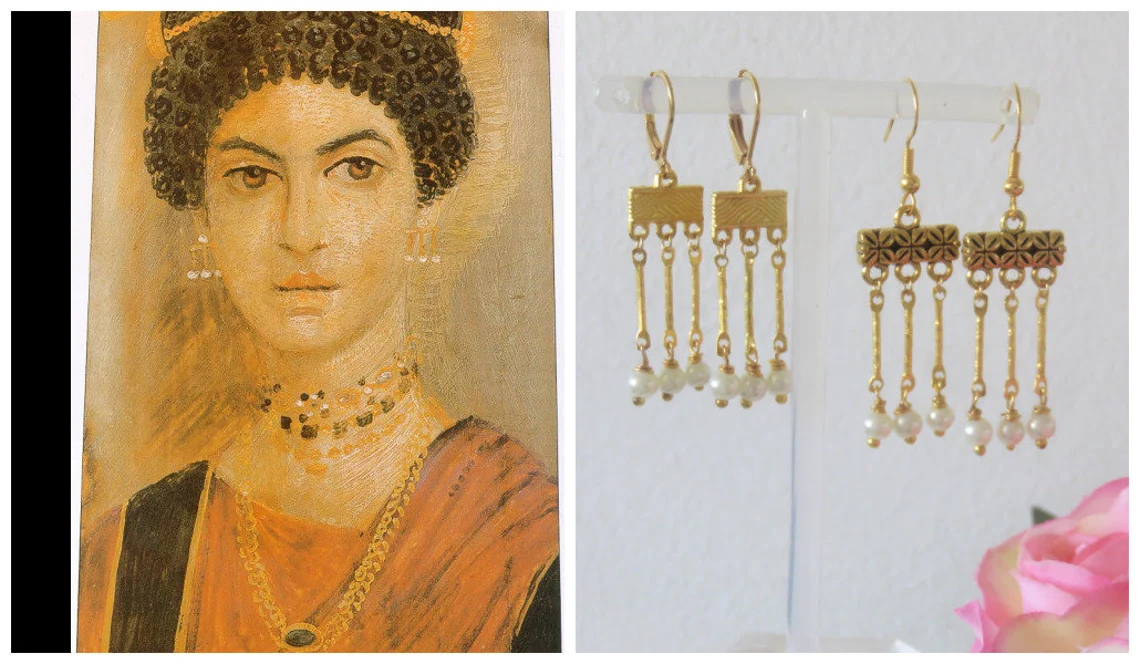
In ancient Rome, earrings were worn by both men and women and were very popular during the reign of Julio Caesar. But as time went on, restrictions were placed, and earrings became jewelry exclusively for women.
The women of the Roman empire mostly used earrings to adorn their faces, representing their status in society. Amethyst is one of the most common precious stones used in designing earrings.
Earrings were also worn by slaves in ancient Rome, but there was a clear-cut difference in the earrings worn between slaves and the upper echelon of Greek society. Their earrings were designed with gemstones. Roman earring designs were quite relaxed, but their invasion of other territories led to more resources and a change in the style of earrings being crafted.
The Middle Ages saw a decline in the use of earrings, while other jewelry pieces such as rings, headpieces, and necklaces became more popular. It’s also said that the Catholic Church forbade the piercing of the ear around this time, and this period saw earrings being worn mostly by members of the lower class and thieves.
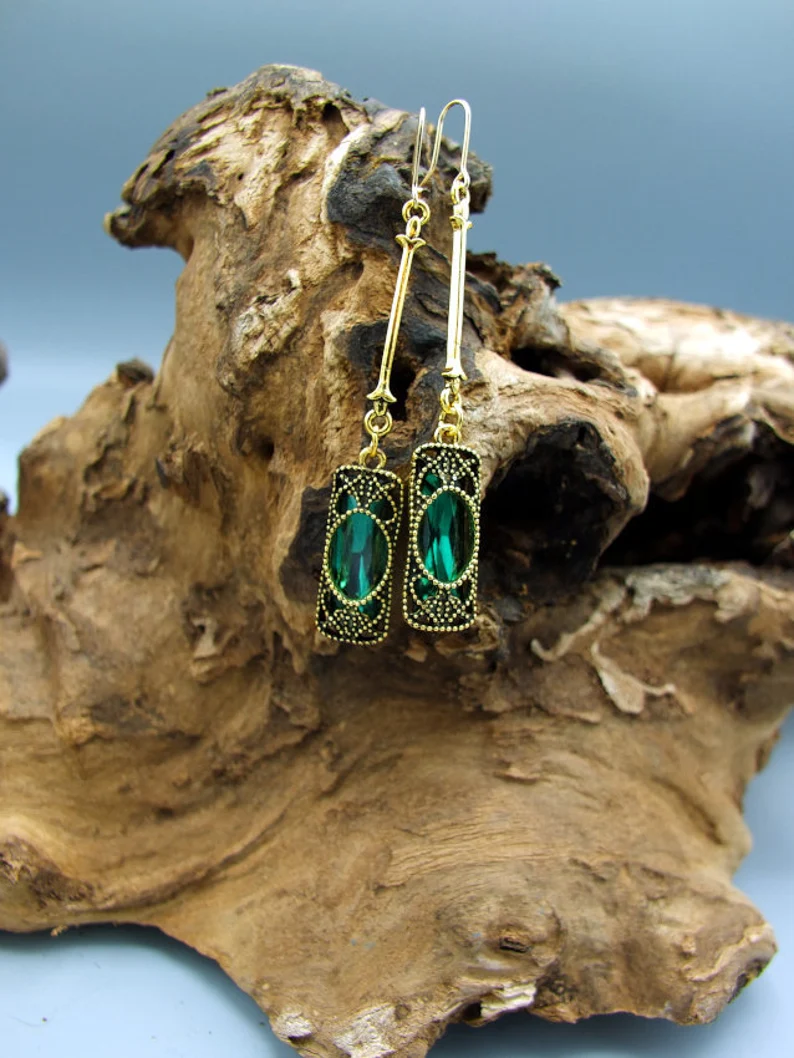
However, earrings later became a fashion statement during the Renaissance period as wealthy women the world over began adorning their ears with beautiful stones like pearls and sapphires. Men also began to wear earrings again.
The 20th century saw a change in the design of earrings being crafted. Ear piercing went out of fashion as clip-on earrings became more popular. During this period, there were different earring designs and an array of colors.
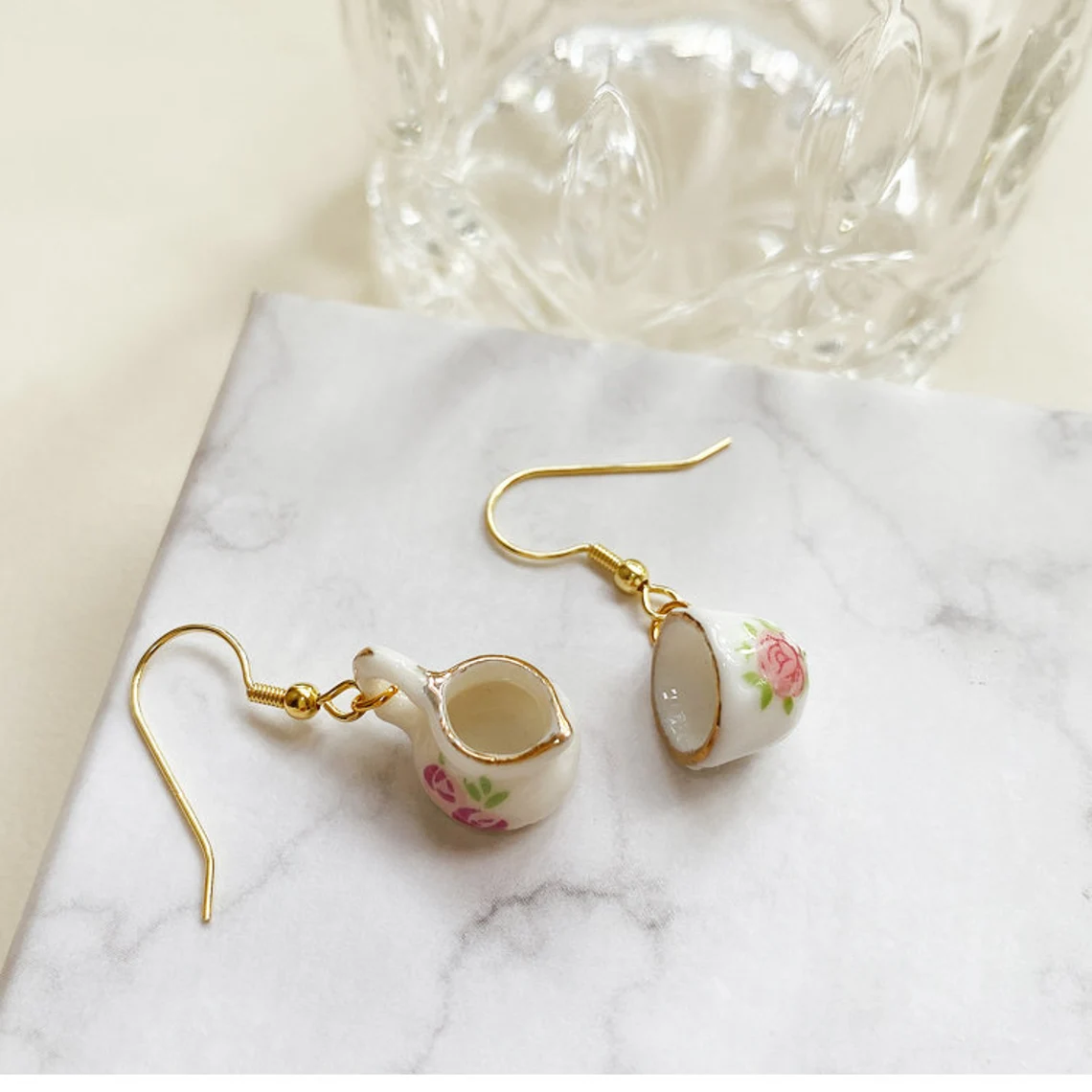
Today, earrings are made from a variety of materials as well as stones. Different designs are available, and it is simply a matter of choice nowadays. Earrings are no longer simply seen as women’s jewelry; society has accepted them as unisex jewelry pieces.
Symbolism of Earrings
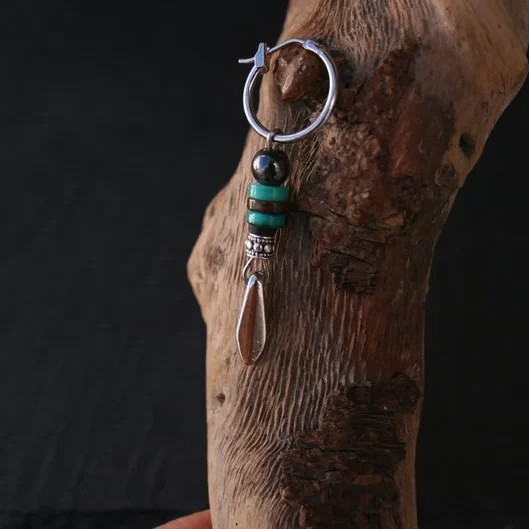
Earrings have held various meanings over the centuries. Here are some of the symbolism they carried.
1. Protection
In ancient Egypt, a person putting on earrings believed that they were protected from evil spirits. Earrings were also seen as protecting their worldly possessions as well as being a good luck charm. Different colored stones used in designing earrings also had symbolism attached to them.
2. Wealth and Status
The color blue was believed to represent royalty in ancient Egypt, which meant that earrings made from blue stones, such as the lapis lazuli, were coveted since they represented royalty. Some other examples are turquoise, which represented life, emeralds for fertility, garnet for anger and fire, and malachite for healing.
With the Romans, earrings were simply embellishments for their faces and symbolized their wealth and position in society. The women were expected to adorn their faces with extravagant earrings to show their family status in society.
Roman jewelry was largely influenced by Egyptian, Etruscan and Greek jewelry. So, it is safe to assume that some of the symbolism attached to these pieces of jewelry influenced the ancient symbolism Romans attached to their earrings.
3. Devotion to the Deities
The ancient Greeks showed deference to their gods and goddesses through their jewelry pieces, such as earrings. Selene the goddess of the moon, was worshipped through crescent-shaped earrings that showcased some granule workings.
The use of pearls in earrings was considered to be showing respect to Poseidon. It was also believed to bring wealth to the wearer. As with most cultures, earrings also symbolize wealth and social status in life and death, as people were usually buried with their earrings.
Facts About Earrings
- Earrings are jewelry pieces primarily attached to the ear by piercing the earlobe, but they can also be attached with the aid of a magnet.
- The chief part of the ear that earrings are worn on is the earlobe, but earrings can also be worn in other parts of the ear, namely: Rook, conch, snug, helix, daith, industrial, tragus, and anti-tragus.
- Earrings were once worn by men more than women. It was the accepted trend of the times.
- Shipwrecked survivors wore earrings on their left earlobe.
- The designs of earrings made in the 20th century had screw-backs and clip-on.
- Sailors wore gold earrings on the off chance that they might have to pay for a burial after being shipwrecked.
- Pirates believed wearing earrings was protection from bad things.
Wrapping Up
In the earliest times, the use of earrings was mostly seen as a status symbol in society to show who was the wealthiest. However, earrings have become simply a means of adornment worn by every age group of both the male and female gender.









